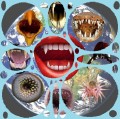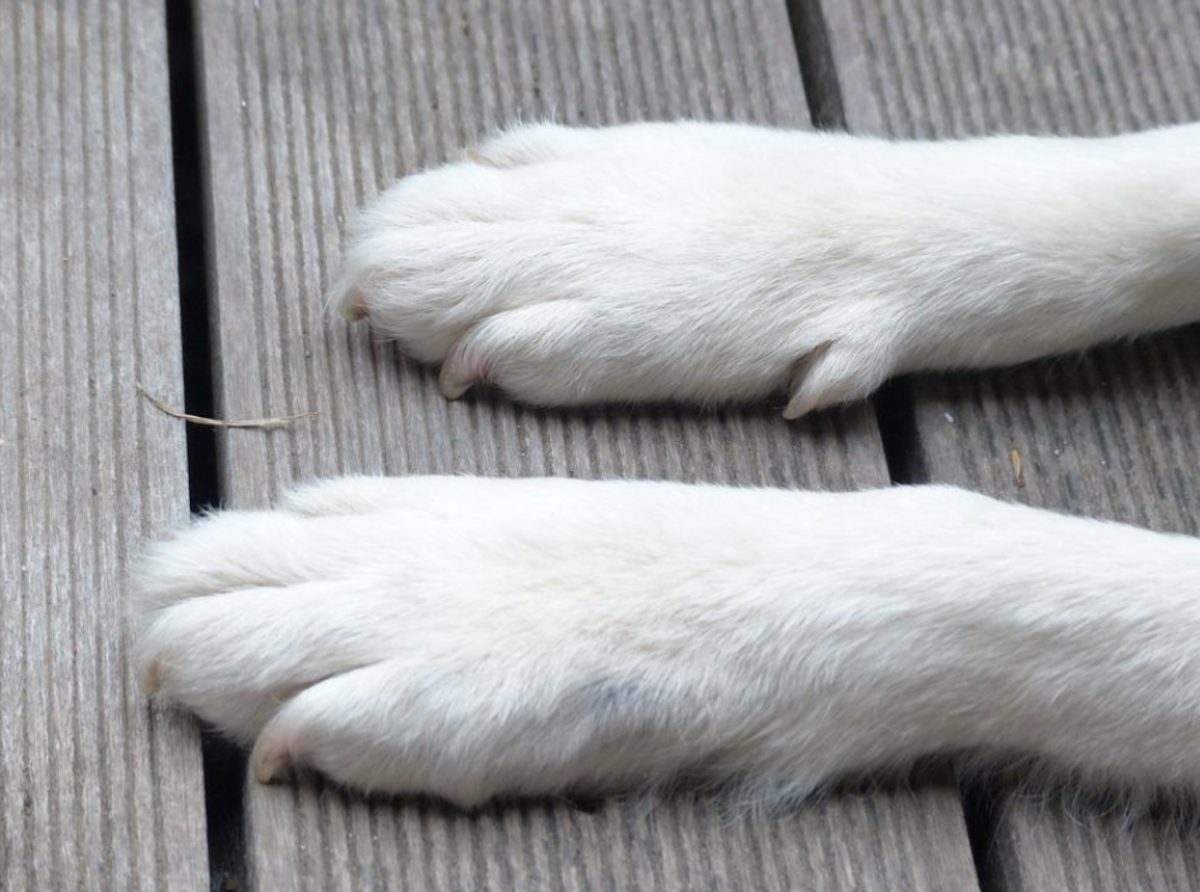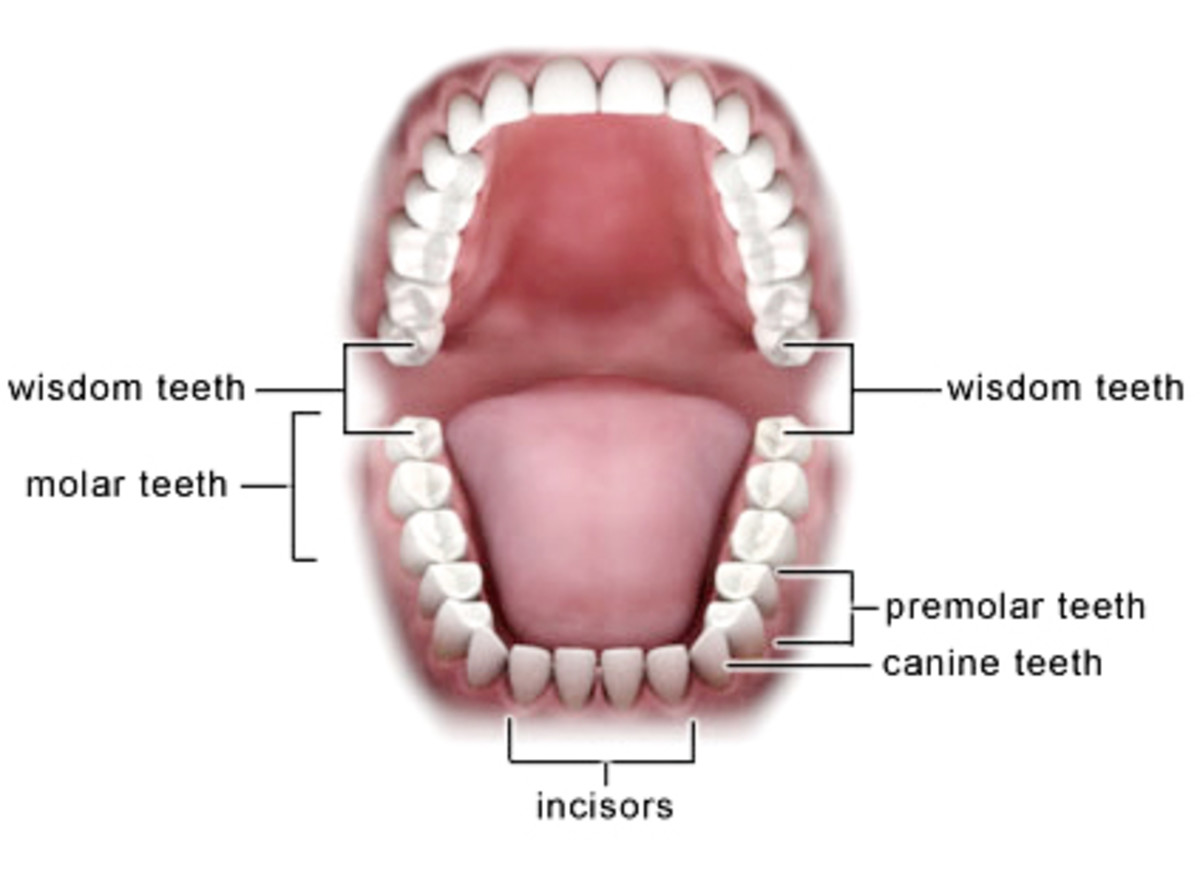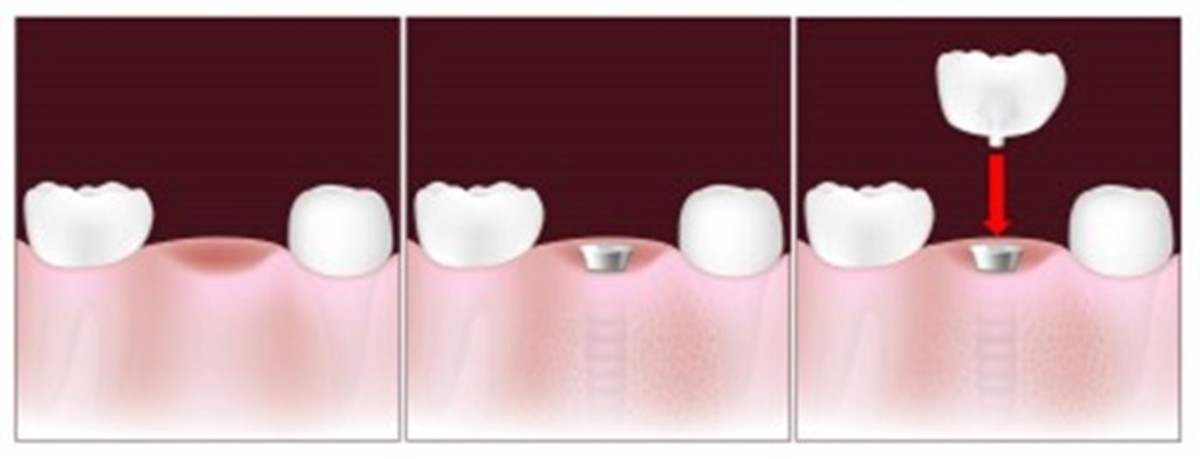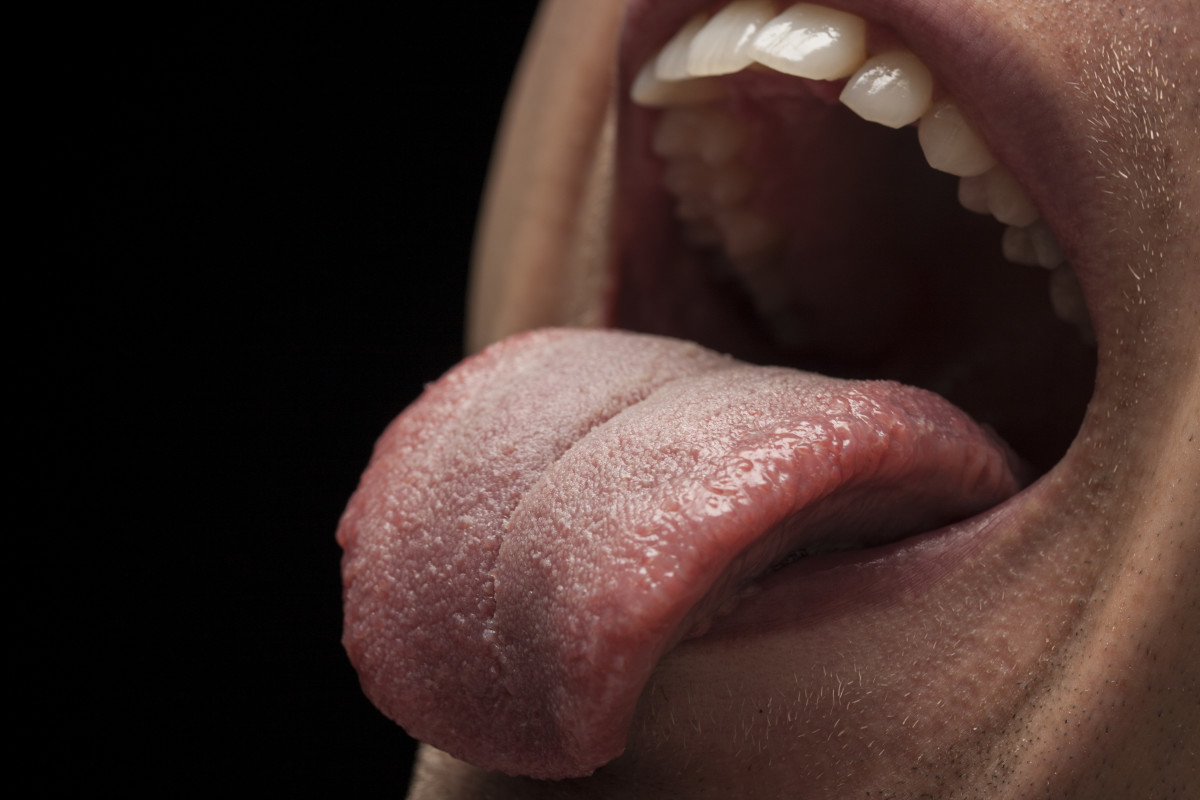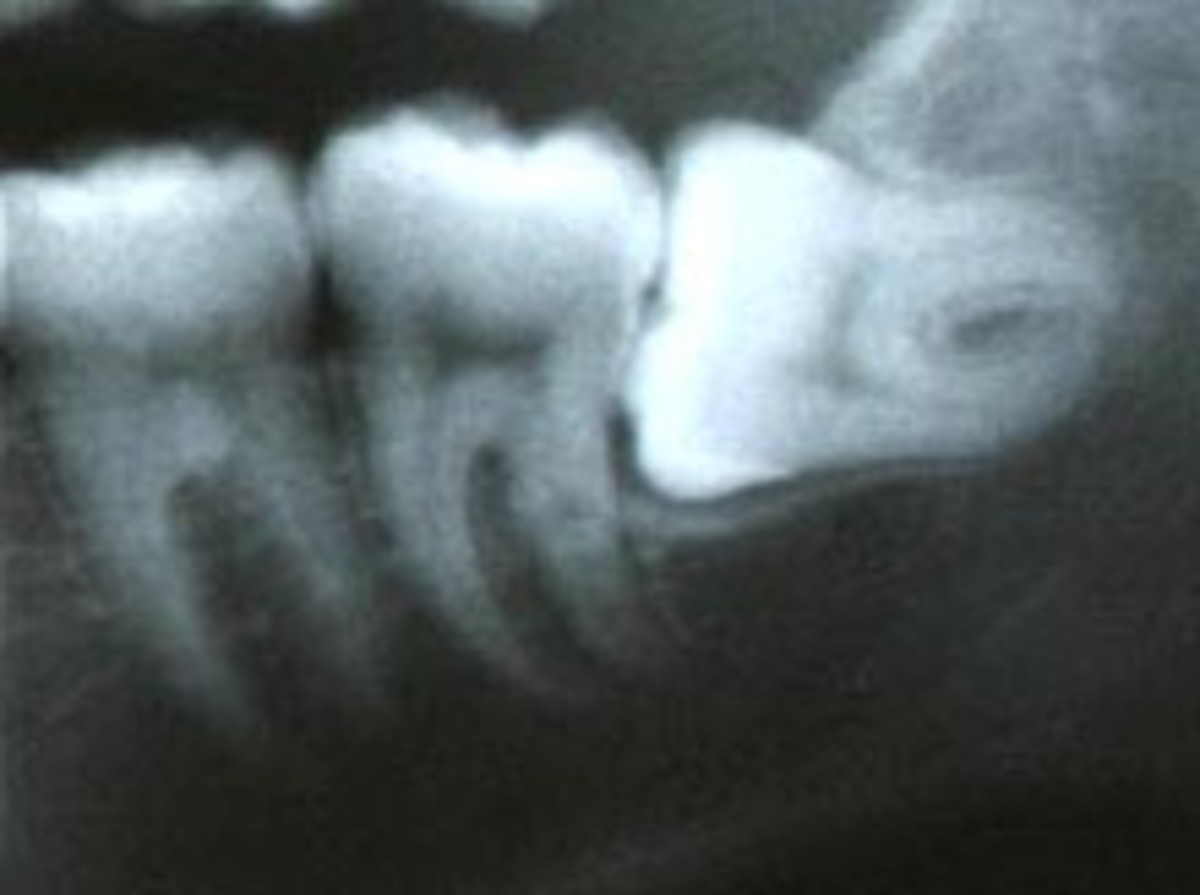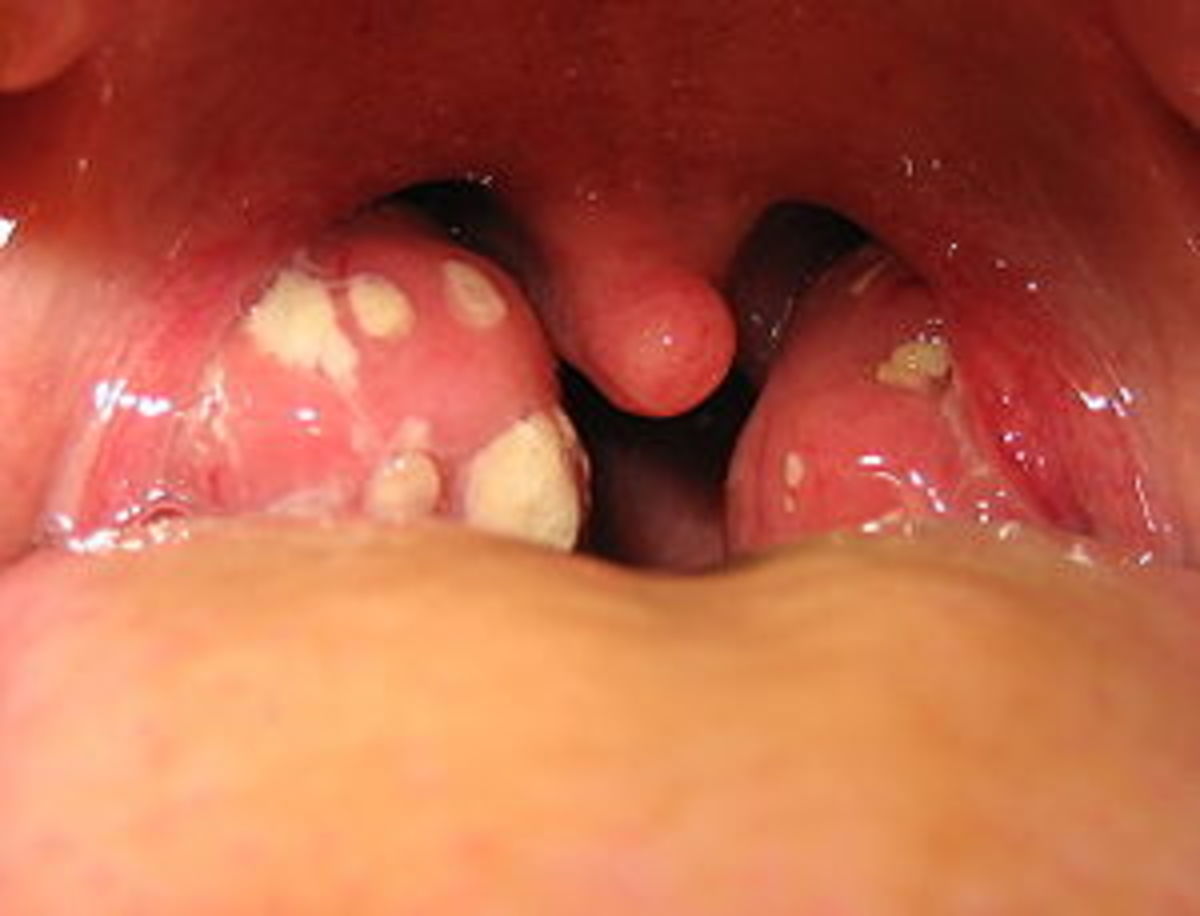What is a Coronectomy?
Usually if a lower wisdom tooth is causing problems such as recurrent infection or impaction it will be removed. However not everyone is suitable for this procedure due to the positioning of the nerves in the jaw. In this case a procedure called a coronectomy will be performed instead, in order to minimise the risk of damaging these nerves.
Why a coronectomy
A coronectomy is used as an alternative to removal of a lower wisdom tooth if the aveolar nerve is too close to, or even intertwined with, the root of the problematic tooth. This is to minimise the chance of damage to the nerve that could be caused by removing the tooth.
The reason that your dental surgeon needs to minimise the risk of damage to this nerve is because it supplies the feeling to your face. If one aveolar nerve is damaged you can lose some or all of the feeling in that side of the face and lip, making it difficult to eat or make facial expressions. Nerve damage can also cause a 'pins and needles' feeling and pain in the affected area. Sometimes nerve damage can heal on its own, but unfortunately in a small number of cases these effects are permanent. That is why it is so important to protect this nerve from damage during wisdom tooth removal.
Your dentist or dental surgeon will preform x-rays if you have a problematic wisdom tooth to see if it is impacted and to look at the relationship between the tooth and the aveolar nerve. If the tooth is causing problems and the nerve is not too close to the roots of the tooth you will likely be referred for full removal of the problematic tooth.
If the x-ray shows that the aveolar nerve is close to the roots of the wisdom tooth, you will likely be referred for a special type of CT Scan called a Cone Beam CT. This is different from the regular CT scan in the sense that you do not lie down and go through a machine, instead it is a bit like the dental x-ray machine. You sit down and the machine goes in a circle around your head. Some people feel slightly claustrophobic during the scan as there is not a lot of space between you and the machine but you can see out of it at all times and it only takes a few seconds.
The results of the CT scan will be analysed by a consultant who will determine how close the aveolar nerve is to the root of the wisdom tooth that is to be removed. If the consultant decides that removing the tooth risks damaging the nerve, you will be referred for a coronectomy instead to minimise the risk.
The procedure
On paper the procedure is simple, instead of removing the tooth, the crown is cut from the root and removed leaving the root intact. This involves cutting the gum open to expose the tooth and drilling through it to cut away the crown, what is left of the tooth is then filed down so there is not jagged edges and the gum is stitched back up.
This procedure is usually done in a dental hospital under local anaesthetic but can be done under general anaesthetic or using something called 'awake sedation'. This is where a drug is given, usually Midazolam, that makes you relax and keeps you calm during the procedure. Many people given Midazolam as sedation do not remember much of the procedure after words and it is a good option for people who are very nervous about the procedure.
By leaving the root intact, this procedure minimises the risk of damage to the aveolar nerve making it safer than removal of the tooth in patients who have a close relationship between this nerve and their wisdom tooth.
Recovery
You will be advised to expect some pain and swelling starting when the anaesthetic wears off and lasting a few days to a week. You should take over the counter painkillers such as paracetamol and ibuprofen, although you should avoid ibuprofen until the bleeding has completely stopped as it thins your blood and can make bleeding last longer.
You should also try your best to keep the area clean, but be careful when brushing your teeth. You should not brush the area directly for at least a few days but try to keep the surrounding teeth clean as much as you can. You should not use mouthwash until the wound has healed, instead rinse with salt water. You should do this in the morning, after eating and before bed in order to try and keep the wound as clean as possible.
You will likely find you struggle to eat properly for a few days so be prepared before your surgery and make sure you have soft foods. Soup is good for the first day or two then you can start moving on to other foods that are soft like mashed potatoes or pasta with a plain sauce. Spicy foods are best avoided until the wound has healed as they can irritate the area, hot or very cold foods have the same effect and should be avoided for at least a few days.
A coronectomy is a good alternative to wisdom tooth removal for people who have a close relationship between the problematic tooth and the aveolar nerve. This procedure reduces the risk of damage to the nerve that supplies feeling to the affected side of the face.
The procedure is relatively quick and the pain and recovery is similar than what is experienced during a wisdom tooth extraction.

